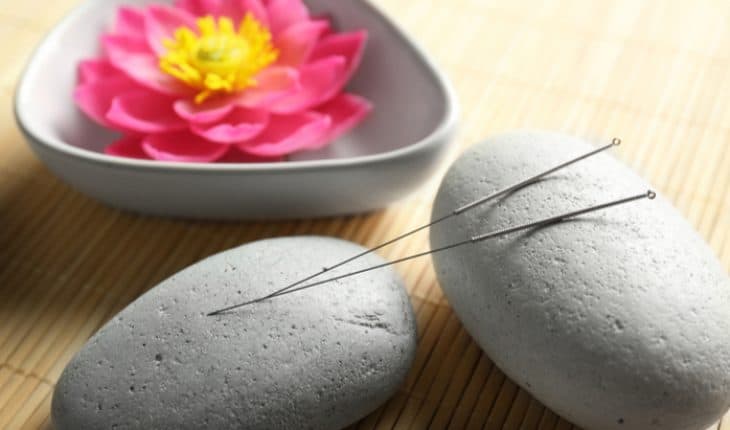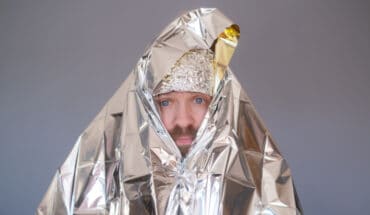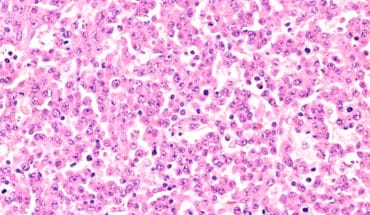When managing long-term pain in the pain clinic, we rely on all our skills as doctors, nurses, physiotherapists, psychologists and so on. We use our skills, which are mostly based in mainstream, ‘Western’ disciplines, to best effect, yet sometimes we can feel limited in what our conventional approaches can achieve for our patients.
On 25th May, at a full-day Academic Meeting held by Pain Medicine Section of the Royal Society of Medicine, we will be considering the range of ‘alternative’ or complimentary therapies, such as acupuncture, homeopathy, osteopathy, hypnotherapy, yoga therapy and Ayurvedic medicine. We have invited speakers who practise these arts to help us learn about them. Over the course of the day, we’ll be asking how these therapies might work, and which of our patients could be most helped by them. How are we to advise patients when they ask about acupuncture, for example, or homeopathy?
Over the course of the day, we’ll be asking how these therapies might work, and which of our patients could be most helped by them. How are we to advise patients when they ask about acupuncture, for example, or homeopathy?
We ‘Western’ practitioners also need to consider why some people find complementary therapies so much easier to accept, than the ‘hi-tech’ medications and injections, the physiotherapy, psychology and so on which we have to offer. What can we learn from our ‘complimentary’ colleagues so as to hone our own practice to suit the often complex needs and perceptions of our patients’?
When I set up a pain clinic at the Royal Free, we had an in-house acupuncturist funded by the NHS. We also had a volunteer homeopathic practitioner. As economic circumstances tightened, funding for complementary therapy was withdrawn, leaving us with fewer options for our patients.
When I set up a pain clinic at the Royal Free, we had an in-house acupuncturist funded by the NHS. We also had a volunteer homeopathic practitioner. As economic circumstances tightened, funding for complementary therapy was withdrawn, leaving us with fewer options for our patients.
This was a shame because such therapies can and do work for some patients; often those who cannot tolerate or benefit from conventional approaches. For example, I have seen homeopathy work for some people simply not helped by Western medical approaches. This, despite the fact that scientific studies have shown the homeopathic remedies may have been diluted to the extent that they may no longer does not contain the original active ingredient.
We’ll find out more on the 25th, but I wonder if the success of this treatment may be at least partly down to the power of human interaction between the practitioner and patient? And is the resulting improvement ‘all in the mind’? Well yes and no. ‘In the head’, certainly, but there may be real brain changes as a result of an interaction that is meaningful and supportive, and which calm the body’s responses to pain by influencing biological pathways.
I have seen patients in great pain and distress, sometimes due to conventional medical conditions such as arthritis or tendonitis, whose pain and symptoms have benefited from acupuncture. Now, for acupuncture, there is statistically significant evidence to support such observations, and there appears to be genuine biological evidence for beneficial changes in the patient’s nervous and other systems from acupuncture needling. Yet, because the scientific evidence base is not overwhelming, what support there was for acupuncture from bodies that influence UK health spending, has now been reduced.
My impression is that pain clinics will have fewer and fewer choices in future as policy makers insist on the same sort of ‘gold standard evidence’ that would apply for example to a new antibiotic or chemotherapy agent. Such an approach is too narrow when it comes to the complexity of patients and their pain, which is much more heterogeneous in nature than perhaps an infection or a cancer.
But conventional pain treatments also tend to work only for a proportion of patients. For example, morphine might only helps between 33-50 per cent of patients with a particular severe, chronic pain. People’s physiology varies. In addition, while pain is a physical sensation, it involves complex psychological and emotional elements, which add to a patient’s suffering, which is a subjective experience. While one person may be able to go to work with pain, and shrug it off, someone else may be debilitated by relatively minor pain. Trying to measure the effectiveness of any given pain remedy with such a vast array of patients, and no standard way to measure how pain feels on a reliable scale, is almost an impossibility.
Pain clinics tend to see patients who have not been able to get relief from first-line treatments elsewhere, so they are already be an unrepresentative of the background population of patients. Pain needs to be tackled with all the means at our disposal, and this can include ‘complementary therapy’ approaches.
Over the years I have learned to perceive which patients might be suitable for complementary therapies, and are likely to benefit. It is usually those who hate the idea of drugs or injections and perhaps want to feel more in control while being treated. They are more comfortable and adhere to the regimen required. I remember someone who came to the pain clinic with nerve pain secondary to diabetes. Conventional medications are available for this, but our patient was not keen to take them. They can all cause unwanted side effects, for example drowsiness. But his face lit up when I suggested acupuncture, and I saw him again some months later, with much less pain after receiving traditional Chinese acupuncture.
Perhaps part of the attraction is that many complementary therapies have their origins in ancient and ‘low-tech’ cultures where what was available was time, and the empathy and sensitivity of the practitioners. For example, as we’ll hear, yoga therapy has been a part of Indian Ayurvedic Medicine which itself evolved over some two and a half thousand years. Ayurveda considers and treats the whole person to restore calm and balance, and the nervous system can be over-excitable in someone who is over-stressed, amplifying pain, and perhaps even driving inflammation in the body’s tissues.
Of course, I’m not advocating that unproven treatments should unquestioningly, or be used exclusively to treat serious illnesses like cancer. But they can used effectively in many cases for managing pain, malaise, anxiety and so on.
I expect there to be plenty of lively debate at our meeting, which is designed to be as informative as it informal. There will be plenty of time for conversation and sharing of experiences and opinions. Please do join us at the RSM on the 25th May 2018. Places will be available on the day, and a place starts from as little as £40, with a lunch and refreshments included.
- Management of Chronic Pain - 12th December 2019
- Alternative ways to manage long-term pain - 17th May 2018








I am surprised that even though you state that: ……… This, despite the fact that scientific studies have shown the homeopathic remedies may have been diluted to the extent that they may no longer does not contain the original active ingredient, yet you claim: … I have seen homeopathy work for some people simply not helped by Western medical approaches. Saying two controversial things in the same breath! The effect you state clearly is nothing but a placebo effect if observed at all and that too is not a permanent effect as that is not always reported by the patients.… Read more »